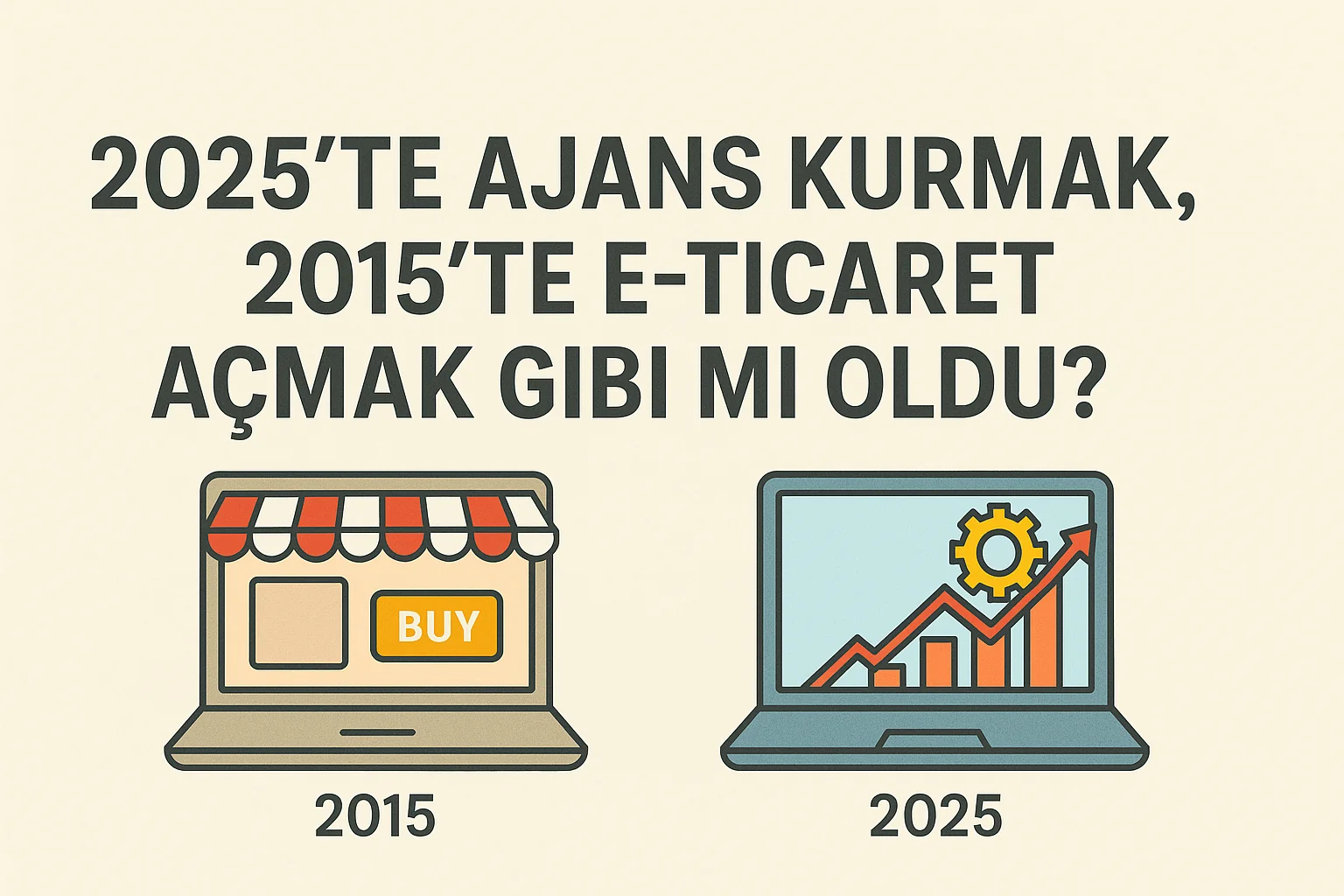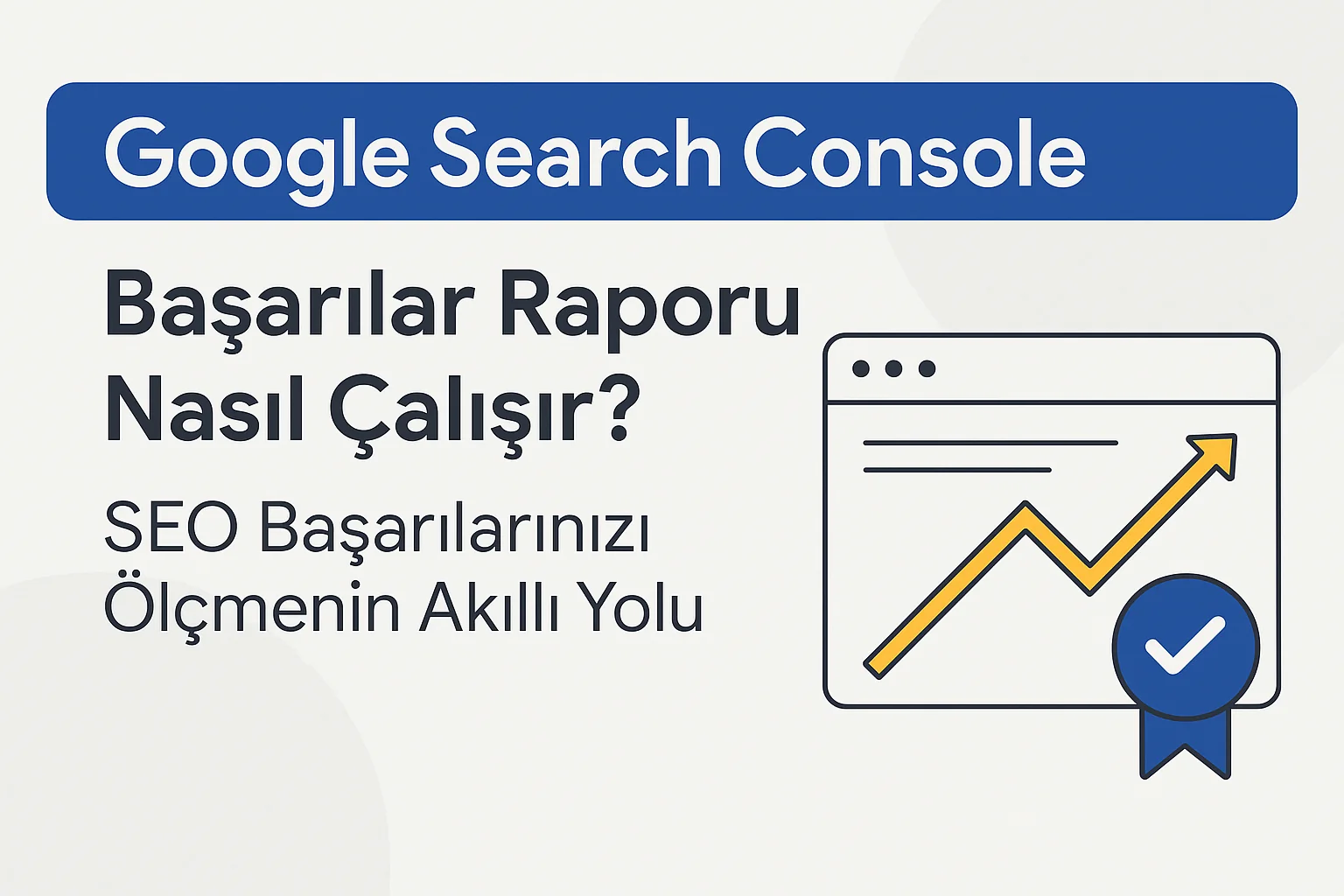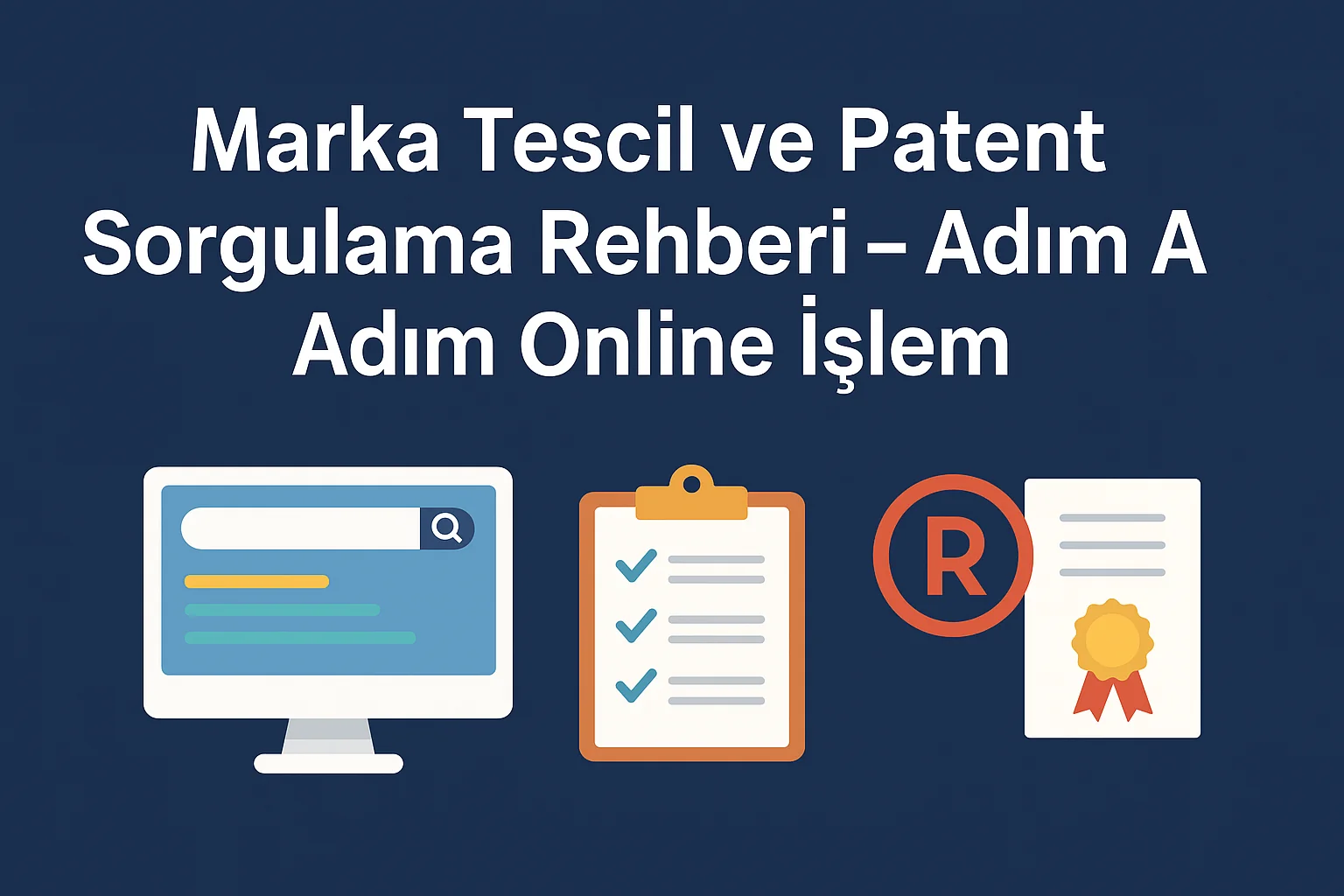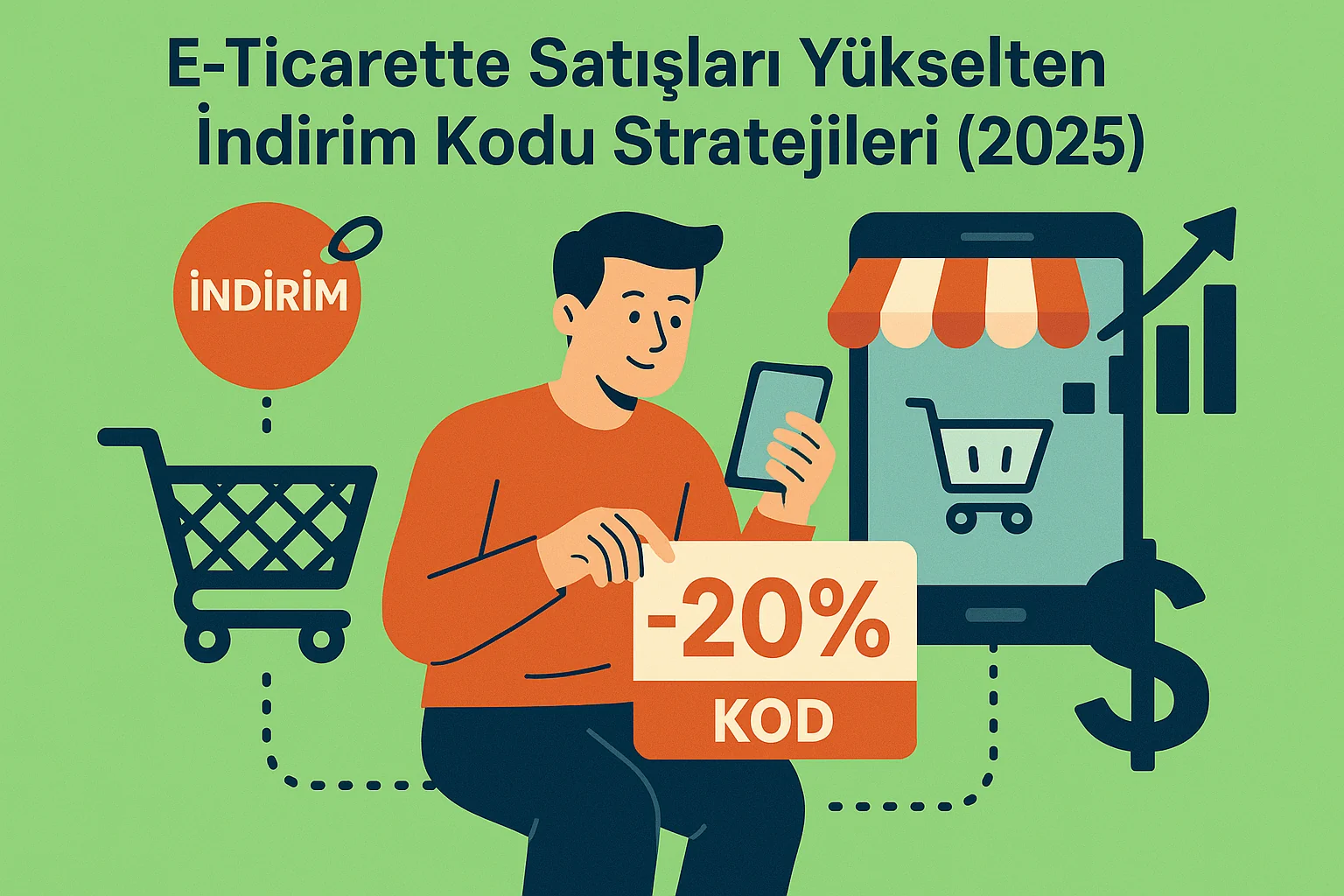1. How to Do Keyword Research?
Keyword research is the first and most important step in content optimization. This research allows you to understand what terms users are searching for in search engines. Tools such as Google Keyword Planner, Ahrefs, SEMrush can be used in this process.
2. Correct Use of Keywords in Content
- Headings and Subheadings (H1, H2, H3): Use keywords in headings and subheadings to make the content clear to search engines.
- Introductory Paragraph: Define the topic immediately by using keywords in the introductory paragraph.
- In Text: Optimize the content by distributing keywords naturally throughout the text, without boring the reader.
- Meta Tags: Become more visible in search engine results by using keywords in meta descriptions and title tags.
Content Length and Depth
1. Long Content or Short Content?
In terms of SEO, long and in-depth content often performs better. This type of content can be more valuable to both search engines and users by covering the topic comprehensively.
2.Tips for Increasing Content Depth
- Subheadings and Sections: Divide the content into sections to grab the reader's attention and delve deeper into the topic.
- Examples and Case Studies: Increase the depth of content by supporting the topic with concrete examples.
- Links to Related Topics: Direct the user to more information by including internal links to other related topics in the content.
Title Tags and Meta Descriptions
1. Creating SEO Compatible Title Tags
Title tags create the first impression for search engines and users. Title tags should be short, descriptive and keyword-oriented. Ideally, title tags should be between 50-60 characters.
2. Writing Remarkable Meta Descriptions
Meta descriptions are short texts that appear below the title in search results. These descriptions can influence the user's decision to click. Meta descriptions should be between 150-160 characters and contain keywords.
Visuals and Media Use in Content
1. Contribution of Images to SEO
Images make content more attractive and improve the user experience. However, images need to be optimized. The alt text of images tells search engines what the image is about and contributes to SEO.
2. Optimization of Media Files
- File Names: Name image and video file names descriptively and with keywords.
- Subtext: Add descriptive alt text for each image.
- File Size: Increase page load speed by reducing image and video file sizes.
Internal Connections and External Connections
1. Internal Connectivity Strategies
Internal links are links to other pages of your site. These links keep users on your site longer and help search engines crawl your site better. Keyword-oriented internal links are viewed favorably by search engines.
2. Outbound Links
External links are links from your site to other trusted websites. Quality external links increase the credibility of your site and are viewed favorably by search engines. However, it is important to choose reliable and authoritative sites when linking to external sites.
Readability and User Experience
1.Tips to Improve Readability
- Short Paragraphs: Instead of long paragraphs, use short and concise paragraphs to make the text more readable.
- Bullet Points and Numbered Lists: Use bullet points and numbered lists to present information clearly and concisely.
- Subtopics: Use subheadings to segment content and make it easy for users to find the information they are looking for.
2. Improving User Experience
- Fast Loading Pages: Page load speed is a critical factor for user experience. Use image optimization and code compression techniques to make pages load faster.
- Mobile Compatibility: Offer a mobile-friendly design, ensuring that content works seamlessly across all devices.
- Clear and Compelling Call to Action (CTA): Include clear and attractive CTAs that will drive users to take action.
Content Update and Refresh
1. SEO Benefits of Updating Old Content
Keep your content constantly updated and relevant by updating old content. This is viewed favorably by search engines and can improve your site's rankings.
2. Content Refresh Strategies
- Update Data: Provide more value for users by updating content based on old data.
- Add New Information: Enrich the content by adding new developments and information on the topic.
- Add Date and Timestamp: Make sure that users know when content is updated so that they can be sure they are getting up-to-date information.
Avoiding Duplicate Content
1. What is Duplicate Content?
Duplicate content is content taken from other sites or repeated within the same site. Duplicate content is viewed negatively by search engines and can lower your site's ranking.
2.Tips to Avoid Duplicate Content
- Create Original Content: Create your content entirely yourself and avoid copying from other sites.
- Canonical Label Usage: If the same content is found on multiple URLs, use canonical tags to tell search engines which URL takes precedence.
- Plagiarism Control: Before publishing your content, test its authenticity with plagiarism checkers.
Rich Content Types
1. Rich Content Types and SEO
Rich content types are better understood by search engines and often achieve higher rankings. This type of content engages users, increases time on page and encourages social media sharing. Rich content types include text as well as visual and multimedia elements.
2. Use of Rich Content Types
- Videos: Engage users and increase time on page by including content such as product demonstrations, tutorials and how-to videos. Videos can also be shared on platforms like YouTube, which can drive additional traffic.
- Infographics: Present complex information visually, making it easier for users to understand. Infographics contribute to SEO as they are shareable content on social media and blogs. Also, visual content has a higher potential to get backlinks.
- Lists and How-To Guides: List formats and guides that allow users to easily access the information they need both improve the user experience and are positively evaluated by search engines. Such content attracts attention, especially with titles such as "How to do it in X steps".
- Podcasts By offering audio content, you can reach a different audience. Podcasts are especially popular with mobile users and can build a loyal audience.
- Slides and Presentations: PowerPoint presentations or other slides can be shared on platforms such as SlideShare, providing additional backlinks and traffic. Presentations are an effective way to visually communicate certain topics.
For more information: digital marketing agency






